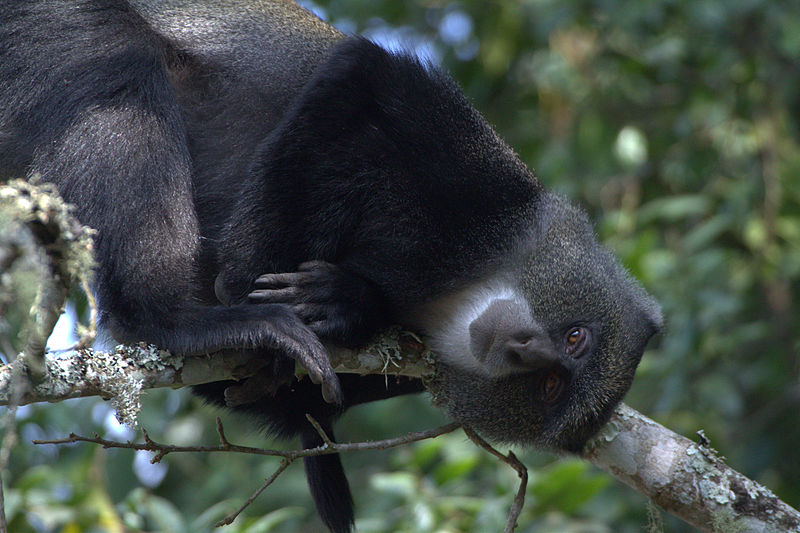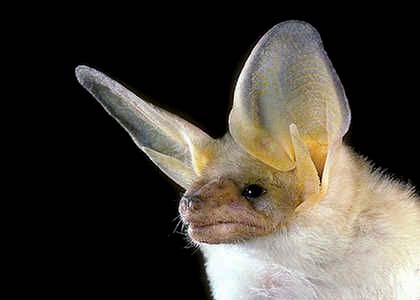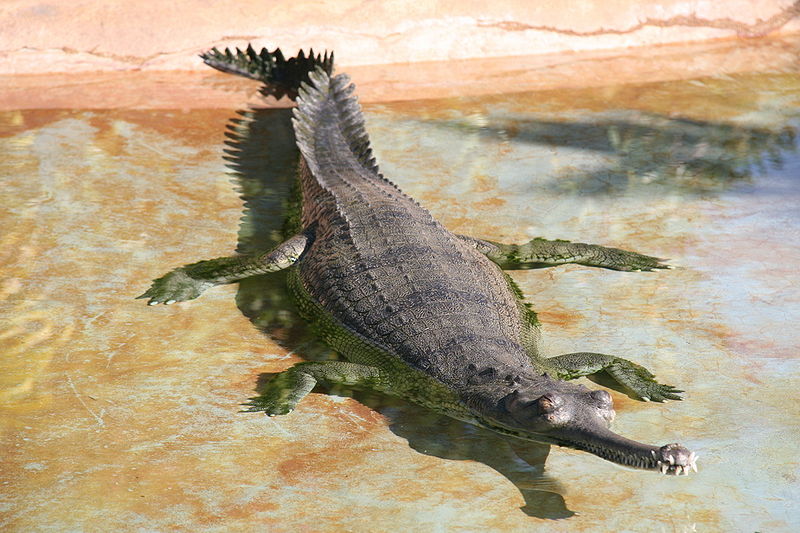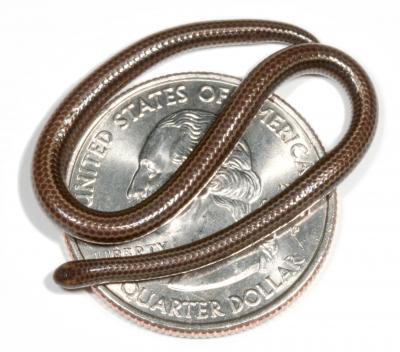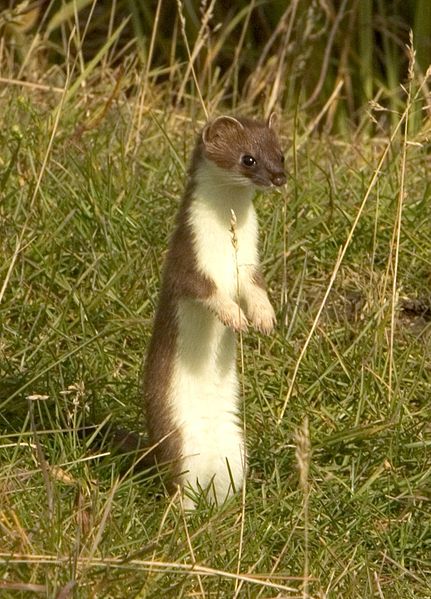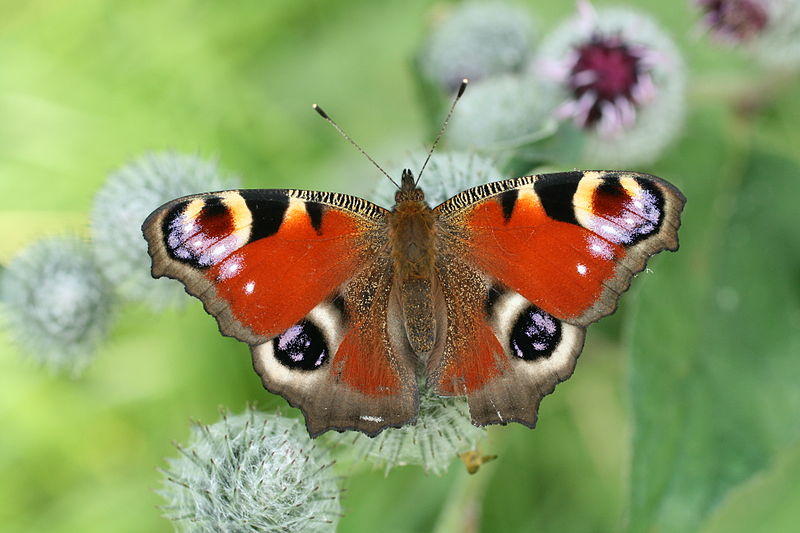
Did You Know?
- The colourful eyespots on the wings, which lead to the name, Peacock Butterfly serve to protect this flying insect
- During the winter months this colourful butterfly will often take shelter in buildings or trees
- The larvae (caterpillars) of the Peacock Butterfly typically lives in groups protected by a nicely spun coat of silk
European Butterflies
The Peacock Butterfly is plentiful and as a result can be found throughout their entire distribution range, which covers most of temperate Europe including Britain, Ireland. These hardy butterflies can even be found in the southern parts of Scandinavia as well as in parts of Asia. Throughout their range they will occupy a variety of habitats including open woodlands, gardens and densely wooded areas. During the mating season, these butterflies can be found hanging around patches of nettles. Why? Because the Peacock Butterfly likes to lay their eggs on the underside of the leaves of those aforementioned nettles.
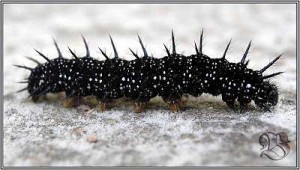
Home Sweet Home
I failed to mention one other very important habitat these butterflies frequently occupy. I am talking about their winter homes, which often include attics of human dwellings. Have you checked your attic lately? You may be surprised to find a group of butterflies napping from September to April (they may emerge as early as February in some parts of their range). Once they emerge from hibernation, the Peacock Butterfly will begin looking for a mate.
The Lifecycle of the Peacock Butterfly
During mating season, the male will set up a nice home amongst the nettles where they can receive a lot of sun. Why wouldn’t you want to spend your summers in the sun, right? The males are known to defend their sunny territory ensuring that they have quality alone time when a female happens to fly by. After mating, the female will lay her eggs on the leaves of the nettles and two weeks later the eggs will hatch. They will spend the next little while in their cocoons made of silk before emerging as adults around the end of July. The first couple months of adulthood is crucial for the Peacock Butterfly as they need to feed on enough nectar to fuel their body throughout the winter. They have a little over a month to pack on the fat so they probably don’t have much time for anything else – make sure you don’t disturb a Peacock Butterfly in August as they will be busy!

